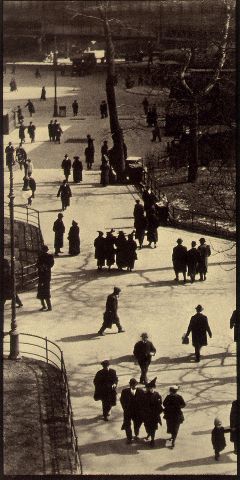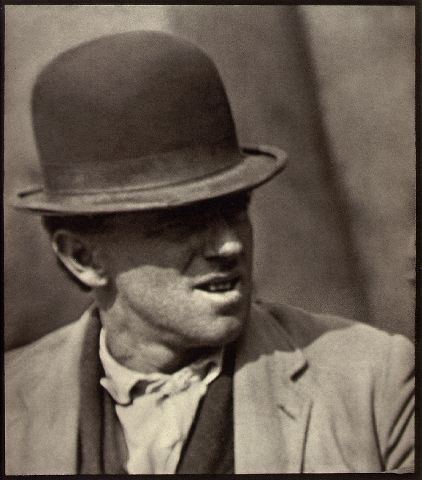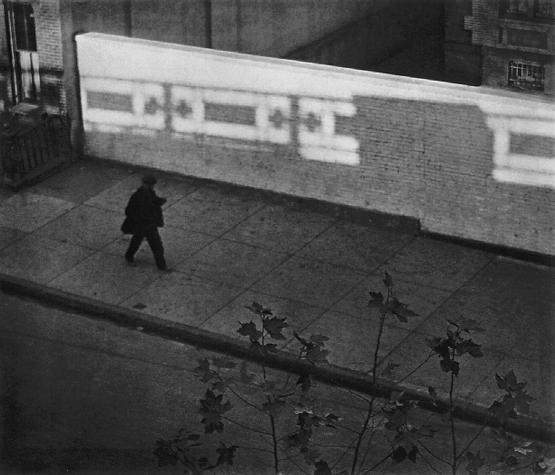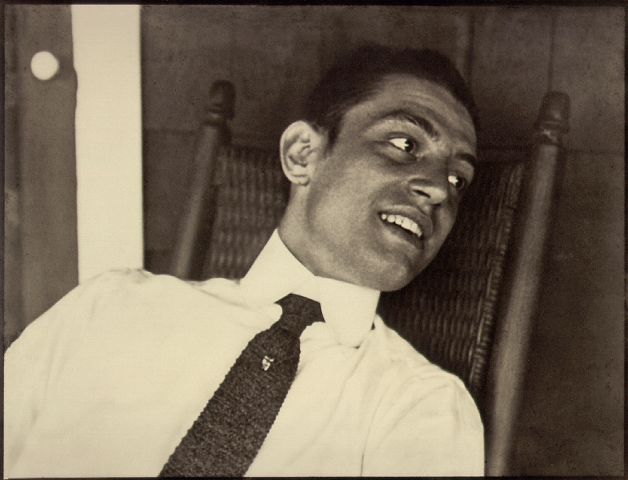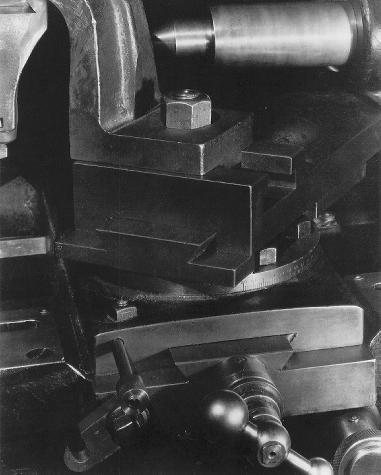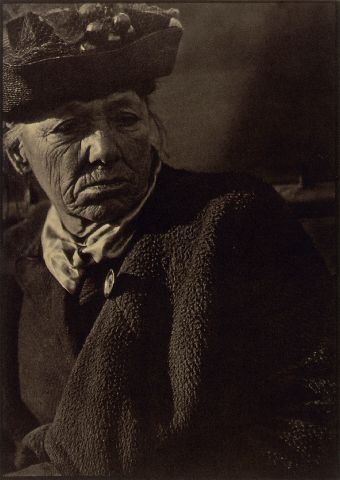Paul Strand, an American photographer and filmmaker, is widely regarded as one of the most influential photographers of the 20th century. His emphasis on sharp-focused, objective images helped establish photography as a serious art form, not just a means of producing pretty pictures. Strand sought to capture the essence of the land and its people directly and honestly, often depicting ordinary people in their daily lives. His work is characterized by a mastery of detail and tonality.
Strand’s vision greatly influenced American photography in its emphasis on realism and objectivity. He believed that photography should be used to show the world as it really was, not how it was artificially constructed by society or media. This approach can be seen in his portraits of farmers, workers and other everyday Americans.
Despite being known primarily for his photographic work, Strand was also an accomplished filmmaker. He produced several documentaries that focused on social issues such as poverty, labor struggles and civil rights. These films were marked by his signature style – emphasizing direct subjects with formal compositions.
In conclusion, Paul Strand revolutionized American photography through his focus on realism and objectivity while capturing everyday life in America through both still photos and documentary filmmaking. His impact can still be seen today in contemporary photography styles that emphasize capturing real life through vivid depictions of marginalized communities.

